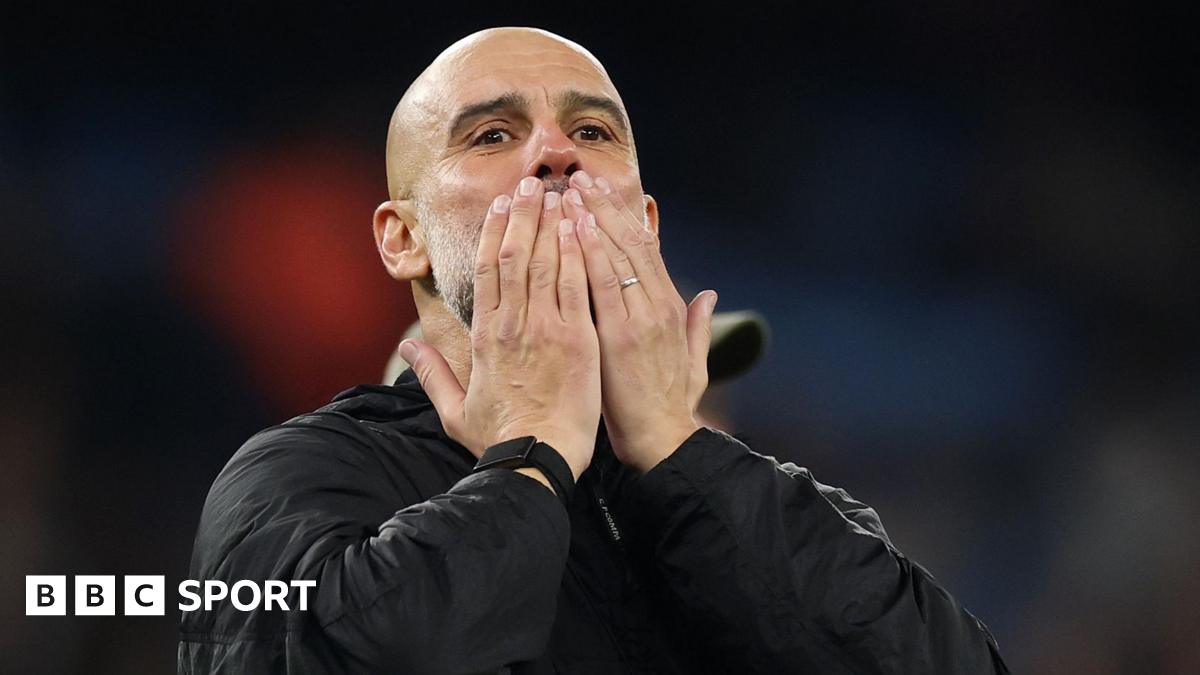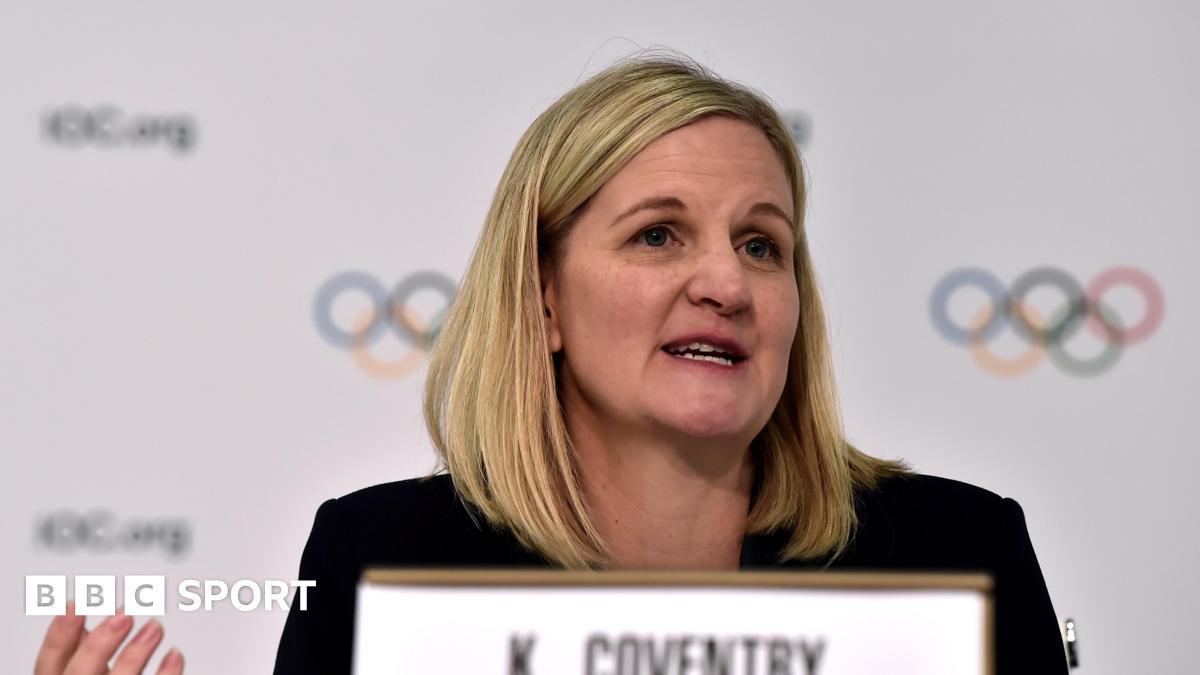It's one of the last things a newly appointed football manager wants. They've only been at their new club for five minutes and already a key player is out injured. Hardly the start they'd hoped for - but could it have been avoided?
Along with the obvious objective of winning games, one of the main priorities for any manager is to have a healthy squad to pick from.
But many experts will tell you the arrival of a new manager and backroom team can often lead to a short-term increase in injuries.
Physiotherapist Ben Warburton - brother of Wales rugby union legend Sam - is one.
Warburton began his career working with academy players at both Cardiff City and Welsh rugby union team the Dragons. He has since worked primarily in rugby, and was Wales' physio for their summer tour to Japan this year.
"It's very well known within the medical world that you get an increase of injury incidence when a new coach comes in," he told BBC Sport.
"Players want to impress the new coach and get in the starting XI - it's a clean slate. They're likely to report a little bit less to the medical staff and may train through some bumps and niggles, which can potentially lead to an injury."
Changes to the type of training can also make a big difference.
"If, for example, a new manager comes in and wants to shift the focus to gym work, that could cause injury issues if players aren't used to that," Warburton said.
Ben Dinnery, founder of Premier Injuries - a website used to track and record injury data for the Premier League, agrees.
"There are lots of factors at play," he said. "There's the injury history of certain players that a new manager probably won't know as much about as previous coaching staff.
"Then there's the issue of player fatigue. A new manager will understandably want to get the absolute maximum out of the players - but there's a risk of overdoing this.
"And, finally, there's the psychological impact of players working as hard as possible to make their mark - all of which can potentially lead to an increase in injuries."
There are numerous examples of when a new manager has quickly lost players to injury.
When Jurgen Klopp - famed for his high-intensity football - joined Liverpool back in 2015, his players sustained more than 20 separate injuries during his first three months in charge.
Dutch coach Raymond Verheijen later said Klopp had "caused 20 hamstring injuries in 10 months" and the German kept "blaming external factors for injuries".
When the Reds were given their Christmas schedule for 2016 - which gave them less than 48 hours between two matches - Klopp said: "You will sit there and say: 'You didn't perform too well - how did this happen?' Or: 'Injuries - oh?' And then this Dutch guy says: 'The training is not too good.'"
There is a growing body of research that suggests the arrival of a new manager often leads to an increase in injuries.
A Uefa Elite Club Injury Study published in 2023 asked 14 unnamed men's teams to report staff changes and hamstring injuries.
The findings showed new managers bringing their own fitness or performance coaches to a club led to a threefold increase in hamstring injuries.
Similarly, a 2020 study of Turkish Super League clubs found injuries more than doubled in the first two weeks after a change in coaching staff.
Most top clubs use GPS data to monitor their players - both during matches and training. Players wear devices that capture performance metrics such as distance covered and speed.
"Some coaches go lighter in training during the week, but go too light - then the game becomes too much for the players," said Warburton.
"Equally, some teams go too hard in training during the week and then the players’ bodies are too fatigued going into a game and they get an injury.
"Getting that balance is absolutely key."
One of the biggest problems with analysing injury data is not comparing like with like.
"A Premier League club playing in the Champions League under a new manager could compete in more than 60 games a season," said Dinnery.
"Comparing their injury rate with a club lower down the league table - which plays fewer games - is very difficult.
"There are so many variables to consider. There's the type of injury, then there's what we call the mechanism of injury - how they got it, and then there's the burden of injury - how long the player will be out for.
"When the new manager joins the club is also really significant. If they're appointed during the January transfer window or during pre-season, they'll likely be bringing in players from other leagues.
"Many are untested at this level - and it's unknown whether these players are robust enough to cope with the physical demands of the Premier League initially."
Understandably, in a sport which is all about results, managers want to implement their philosophy as quickly as possible.
But Warburton warns rushing the process can be dangerous.
"The new team coming on board may have to screen each player in the gym and have a good look at their GPS data on the pitch to see what they've done over the last 4-6 weeks," he said.
"They key is don't change too much too quickly. A weekly training schedule needs to stay consistent for the first few weeks to reduce any massive changes in load which the players aren't used to.
"I'd be mapping out what volumes players have done throughout all the different metrics that are used and try and replicate those as best you can in training for the first month or two before the manager fully implements their programme.
"No-one has found the perfect winning formula because if they had then I guess it would be implemented throughout every club in Europe."

 5 hours ago
3
5 hours ago
3

















































